7 things you didn't know about Dior
Did you know Christian Dior didn't start out as a fashion designer?
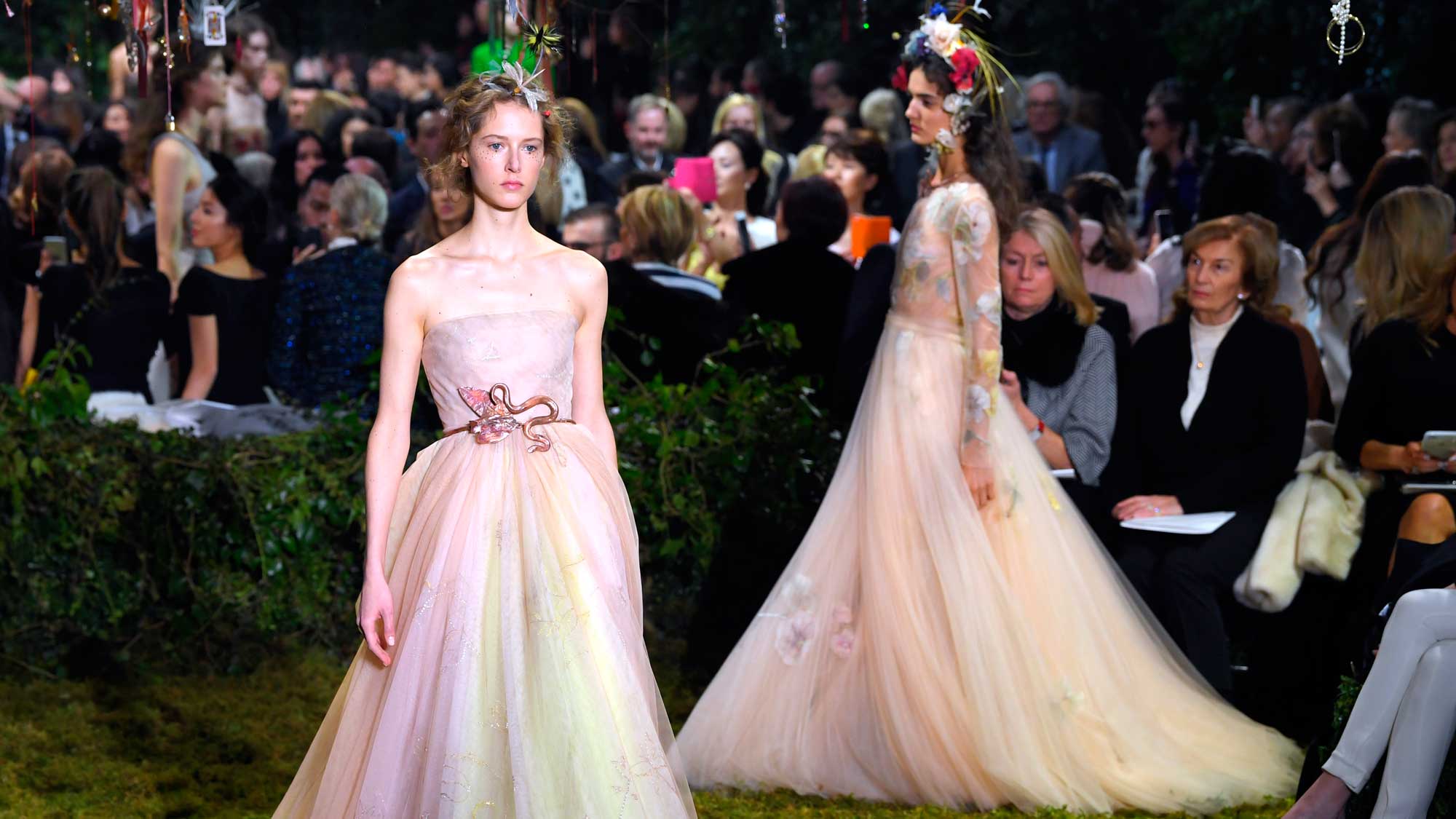

Did you know Christian Dior didn't start out as a fashion designer?
Having already explored five things we didn't know about Mulberry, fun facts about Chanel and the history behind Princess Diana's Lady Dior bag, we thought it was time to look closer at the inimitable House of Dior. Here are a few things you might not have known...
You'll find flowers in every collection
The floral theme goes back to Christian Dior's childhood. The garden created by his mother Madeleine in their Granville family home gave him a love of flowers that stayed with him throughout his life. The young boy would pour over the Vilmorin-Andrieux gardening catalogues that taught him everything about the flora he wished to tame. When he entered the world of Haute Couture, he did not forget the scent of his childhood flowers, incorporating them into his collections. And they brought him success, in the form of the New Look and its flower-woman with her full corolla-shaped skirt and narrow calyx-like bodice. The Dior style was beautifully defined by flowers, his dresses scattered with individual blooms or bouquets, embroidered with meadow flowers or draped in the shape of a rose, like the Opéra Bouffe gown.
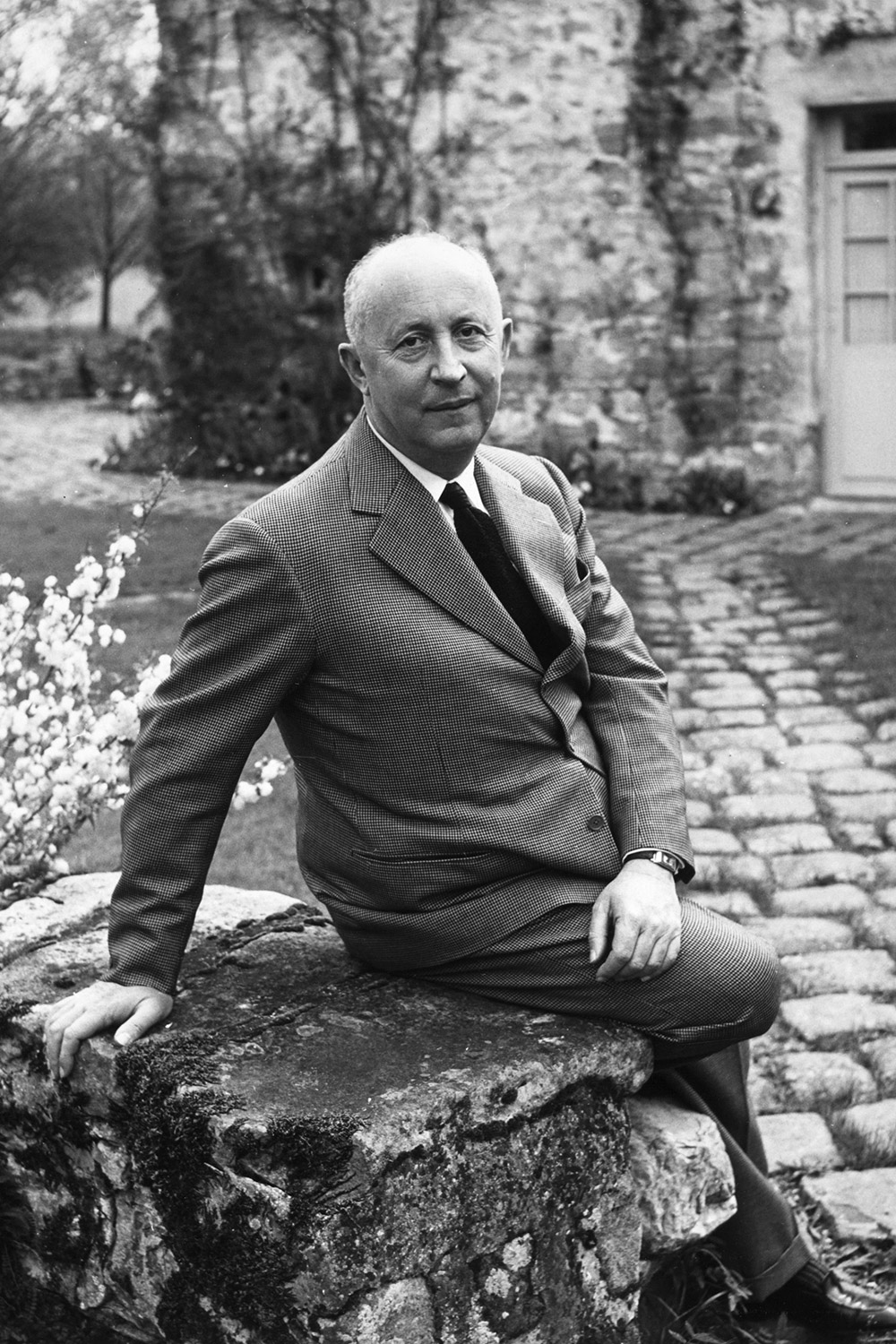
Just like the impressionist painters, Christian Dior liked to draw his collections outdoors, in his garden at Milly-la-Forêt or La Colle Noire, surrounded by his silent muses. This theme carried on long after he was at the helm of Dior, as Marc Bohan, Gianfranco Ferré and John Galliano, all keen gardeners, also decked the House of Dior collections in flowers. Raf Simons created double face dresses, one side strewn with traditionally embroidered flowers, the other with contemporary floral ornaments for his first collection.
As for Maria Grazia Chiuri, she shows her dresses for blooming young women in enchanted gardens, decorating her airy ball gowns with discreet bouquets of hand-dyed silk petals that seem to rise from an herbarium. Thanks to the sophistication of the skills that make up the House of Dior, flowers in all their delicacy bloom again in the form of Haute Couture creations.
Christian Dior didn’t set out to be a designer
From his childhood spent in Granville, Normandy, Christian Dior dreamed of studying at the École des Beaux-Arts in Paris, but his parents categorically refused: in the highly-codified world of the early 20th century, such a bohemian undertaking was regarded as beneath his social class. So he enrolled in the suitably establishment Sciences Po school, but it wasn’t long before he was mixing with the avant-garde crowd. He left Sciences Po without a degree, and decided, once his military service had ended, to open an art gallery in 1928, with Jacques Bonjean and then Pierre Colle.
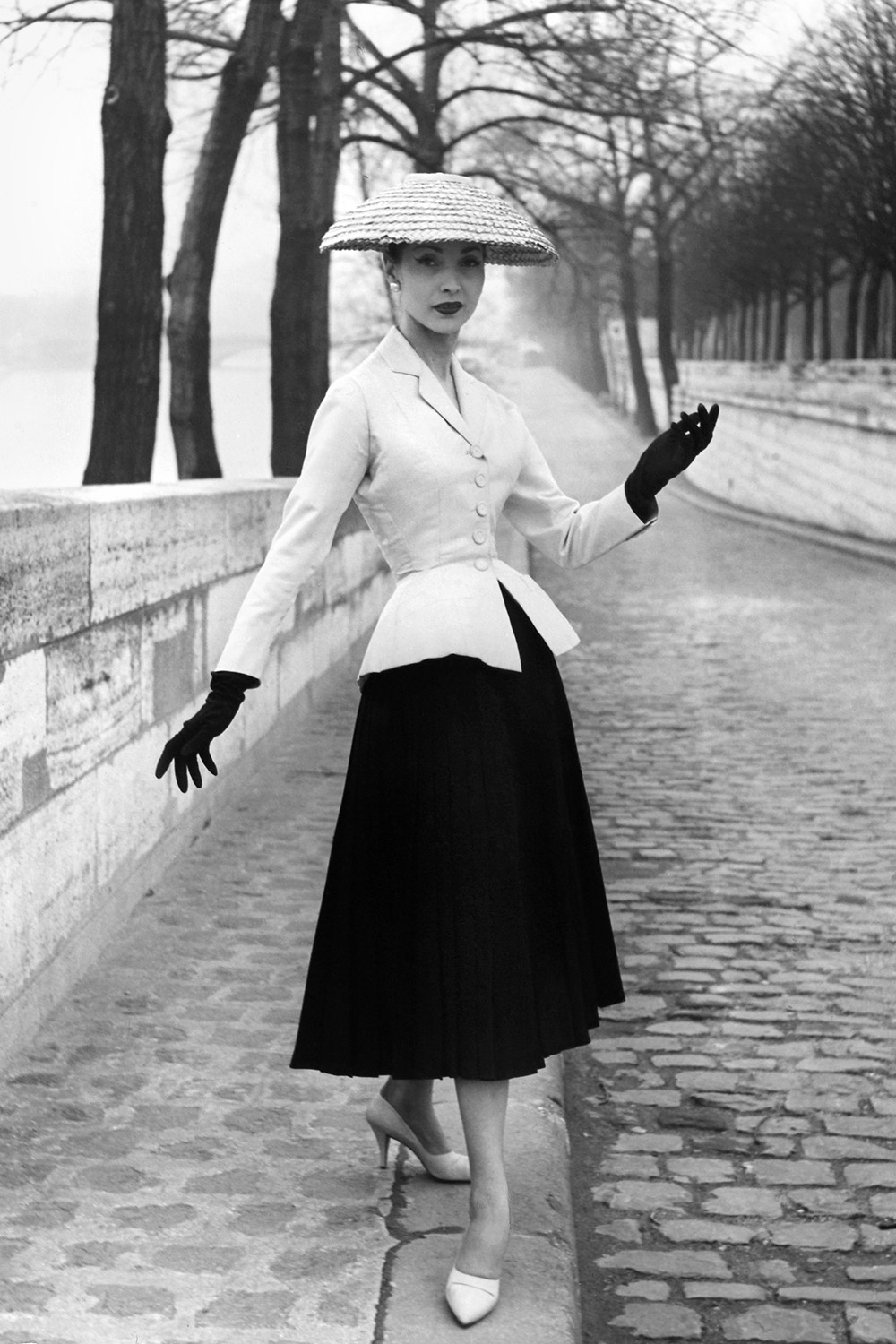
He would remain their business partner until 1934. The young men gave the first showing in France of The Persistence of Memory, a Surrealist oil on canvas painted in 1931 by Salvador Dalí, and helped confirm the reputation of established artists: Max Ernst, Pablo Picasso, André Derain, Juan Miró, Raoul Dufy.
Celebrity news, beauty, fashion advice, and fascinating features, delivered straight to your inbox!
Having become a designer, he was hired by Lucien Lelong in 1942. But it was in 1947 that he truly became a couturier, when he opened his house at 30 Avenue Montaigne.
Art is also a running theme
When the House of Dior was inaugurated in 1947, a crowd of artists and collectors came to admire the creations of the man they knew from his years running art galleries. Christian Dior paid tribute to the established and up-and-coming artists whose work he used to exhibit in his galleries by designing dresses inspired by Picasso, Braque, and Bérard.
This close relationship to the art world has always marked the history of the House of Dior. It forms part of Monsieur Dior’s legacy to his successors, as illustrated by Marc Bohan’s new take on Jackson Pollock’s drip paintings for his 1984 collection, and Gianfranco Ferré’s 1995 couture interpretation of Cézanne’s Harlequin character. John Galliano’s time at Dior abounded in artistic references, including the Shéhérazade outfit in 1998, a reminder of the orientalism favored by Léon Bakst and the Ballets Russes.
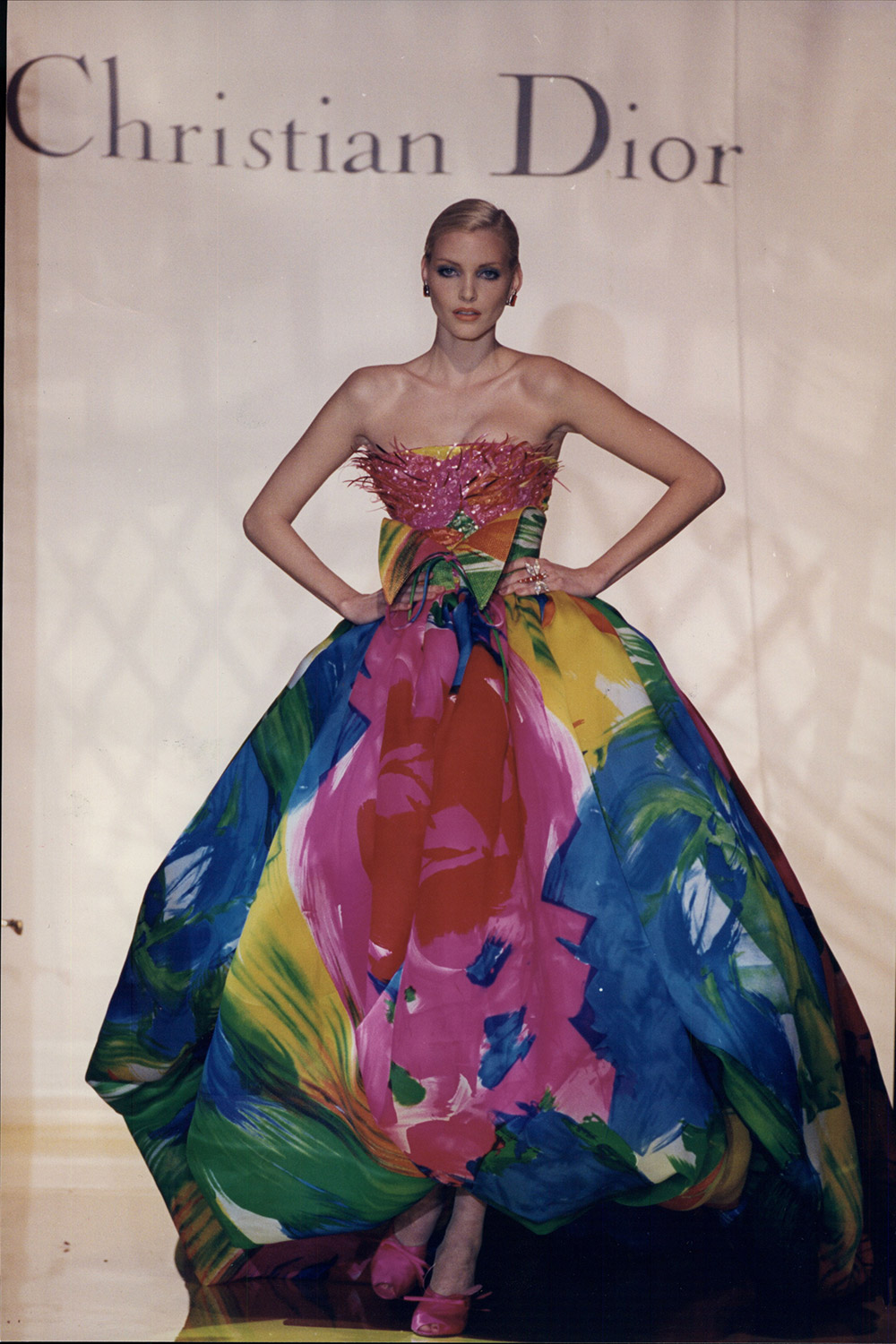
Raf Simons also explored contemporary art through his collaboration with Californian artist Sterling Ruby. Together they revisited the Spray Paintings series with a collection of dresses that transpose the layer of paint into shadow print satin.
Dior is an Oscar winner (sort of)
Neiman Marcus awarded Christian Dior the Fashion Oscar in Dallas in September 1947, while he on a trip to Los Angeles, San Francisco, Chicago and New York.
He revolutionised post-war fashion
Christian Dior was known for the phenomenal and instantaneous success of the New Look, which came with his first collection, revolutionising post-war fashion. He presented the Spring/Summer collection in February 1947, to great success. Carmel Snow, editor-in-chief of Harper’s Bazaar, declares, 'My dear Christian, your dresses have such a New Look!'
Yves Saint Laurent started his career at Dior
After Christian Dior sadly died of a heart attack in 1957, according to his wishes, his protégé, a certain Yves Saint Laurent,was made creative director. The young man adopted his mentor’s styles, although giving vent to a gentle transgression, offering Trapèze, his first collection, as an inverted corolla, in tribute to the founder’s 'flower-woman.' Enchanted by the feminine form, both men sought to make fashion rhyme with desire, creating their designs for women freed of social conventions. With the scandalous Sixties about to arrive, Saint Laurent opened Dior’s doors to the New Wave.
The House of Dior is 70 years old
Can you believe Dior is celebrating its 70th anniversary? To mark the occasion, an exhibition, Christian Dior, Designer of Dreams, is currently open in Paris at the Musée des Arts Décoratifs. It will run until 7th January 2018.
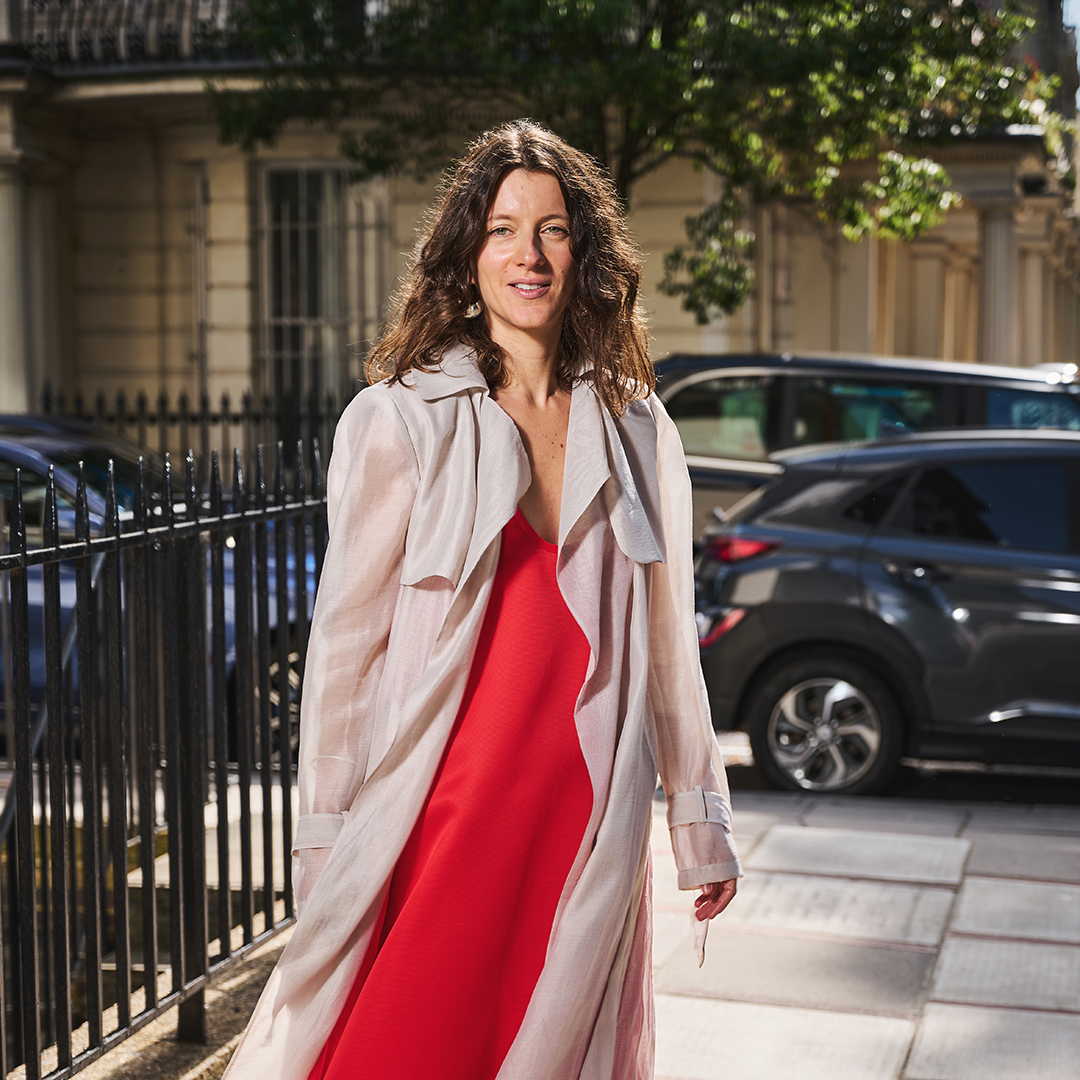
Penny Goldstone is the Contributing Fashion Editor at Marie Claire UK. She writes about catwalk trends and the latest high street and Instagram sartorial must-haves. She also helms the Women Who Win franchise.
She has worked in fashion for over 10 years, contributing to publications such as Cosmopolitan, Red, Good Housekeeping, and Stylist.